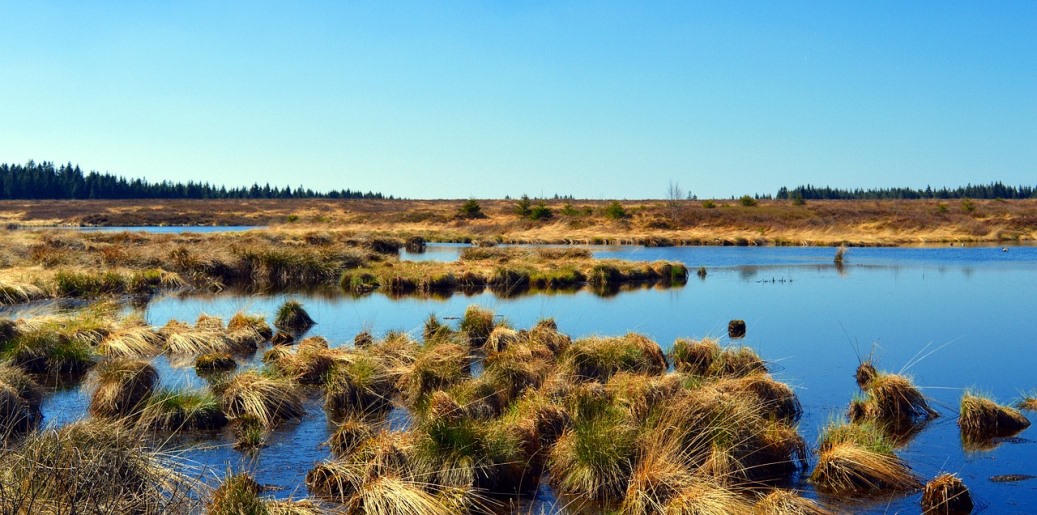A 2019 document, The Global Deal for Nature (GDN) is a time-bound, science-driven plan to save the diversity and abundance of life on Earth. Pairing the GDN and the Paris Climate Agreement would avoid catastrophic climate change, conserve species, and secure essential ecosystem services.
New findings give urgency to this union: Less than half of the terrestrial realm is intact, yet conserving all native ecosystems—coupled with energy transition measures—will be required to remain below a 1.5°C rise in average global temperature. The GDN targets 30% of Earth to be formally protected and an additional 20% designated as climate stabilization areas, by 2030, to stay below 1.5°C. We highlight the 67% of terrestrial ecoregions that can meet 30% protection, thereby reducing extinction threats and carbon emissions from natural reservoirs. Freshwater and marine targets included here extend the GDN to all realms and provide a pathway to ensuring a more livable biosphere.
Nature conservation efforts, like climate change policies, are being reassessed in the midst of a planetary emergency. Climate concerns rightly prompted the 2015 Paris Agreement, which has facilitated coordinated global action not only among governments but also among companies, cities, and citizens.
Research since then suggests that efforts to stabilize the climate and avoid the undesirable outcomes of >1.5°C warming will require a rapid reduction in land conversion and a moratorium by about 2035. The most logical path to avoid the approaching crisis is maintaining and restoring at least 50% of the Earth’s land area as intact natural ecosystems, in combination with energy transition measures.
Those measures by themselves will likely be insufficient and must be augmented by restoration to create negative emissions to offset the likely clearing and release of greenhouse gases that will occur until a 2035 moratorium can be reached.
Natural ecosystems are key to maintaining human prosperity in a warming world, and 65% of Paris Agreement signatories have committed to restoring or conserving ecosystems. Intact forests, and especially tropical forests, sequester twice as much carbon as planted monocultures. These findings make forest conservation a critical approach to combat global warming.
Because about two-thirds of all species on Earth are found in natural forests, maintaining intact forest is vital to prevent mass extinction. However, carbon sequestration and storage extends far beyond rainforests: Peatlands, tundra, mangroves, and ancient grasslands are also important carbon storehouses and conserve distinct assemblages of plants and animals.
Further, the importance of intact habitats extends to the freshwater and marine realms, with studies pointing to least disturbed wetlands and coastal habitats being superior in their ability to store carbon when compared with more disturbed sites.
Photo of peatland via Pixabay.

